Python Subtract Two Lists
Python offers a variety of built-in functions and methods that make it easy to perform operations on lists, including subtracting one list from another. In this article, we will explore different approaches to subtracting two lists in Python, addressing common questions and scenarios along the way.
Table of Contents:
1. Creating two lists
2. Converting the lists to sets
3. Performing subtraction operation on the sets
4. Converting the result back to a list
5. Handling duplicate elements
6. Handling empty lists
7. FAQs
1. Creating two lists:
Before we dive into subtracting two lists, let’s start by creating two sample lists that we will use throughout this article.
“`python
list1 = [1, 2, 3, 4, 5]
list2 = [4, 5, 6, 7, 8]
“`
In this example, `list1` contains the numbers 1 to 5, and `list2` contains the numbers 4 to 8.
2. Converting the lists to sets:
To perform the subtraction operation on two lists, we first need to convert them into sets. Sets are unordered collections of unique elements, making them ideal for finding the difference between two lists.
“`python
set1 = set(list1)
set2 = set(list2)
“`
By applying the `set()` function on our lists, we obtain `set1` and `set2`, which will be used for the subtraction operation.
3. Performing subtraction operation on the sets:
Once we have the sets, we can subtract one set from another using the subtraction operator `-`. The result will be a new set containing the elements that are present in the first set but not in the second set.
“`python
result_set = set1 – set2
“`
In our example, `result_set` will contain the elements `[1, 2, 3]`, as these are the elements present in `set1` but not in `set2`.
4. Converting the result back to a list:
If we want the result of the subtraction operation as a list instead of a set, we can convert it back using the `list()` function.
“`python
result_list = list(result_set)
“`
In our example, `result_list` will contain `[1, 2, 3]`, which is the same result as `result_set`, but in list form.
5. Handling duplicate elements:
It is worth noting that sets do not allow duplicate elements. If we have duplicate elements in our original lists, they will be automatically removed when converting them to sets.
“`python
list1 = [1, 2, 2, 3, 3, 4, 5]
list2 = [4, 4, 5, 5, 6, 7, 8]
“`
In this case, when we convert `list1` and `list2` to sets, the duplicates will be removed, resulting in `set1 = {1, 2, 3, 4, 5}` and `set2 = {4, 5, 6, 7, 8}`.
Therefore, when performing the subtraction operation, the resulting set or list will not have any duplicate elements.
6. Handling empty lists:
Another aspect to consider is how to handle empty lists. When one or both of the lists are empty, the subtraction operation will result in an empty set and an empty list.
“`python
empty_list = []
result_set = set1 – empty_list # Result: set() – Empty set
result_list = list(result_set) # Result: []
“`
In this case, both `result_set` and `result_list` will be empty.
7. FAQs:
Q: How can I find uncommon elements in two lists using Python?
A: By converting the lists to sets and performing the subtraction operation, you can find the elements that are present in one list but not in the other.
Q: Can you directly compare two lists in Python?
A: No, you cannot directly compare two lists using comparison operators like `==` or `!=`. However, by converting them into sets, you can find the common and uncommon elements between the lists.
Q: How can I subtract all elements in one list from another list in Python?
A: By converting the lists to sets and performing the subtraction operation, you can subtract all elements in one list from another list.
Q: Is there a way to perform set subtraction in Python?
A: Yes, the `-` operator can be used to perform set subtraction. It returns a new set containing the elements present in the first set but not in the second set.
Q: How can I get the difference between two arrays in Python?
A: By converting the arrays to sets and performing the subtraction operation, you can obtain the difference between the two arrays.
Q: Can I find the common elements in two lists using Python?
A: Yes, by converting the lists to sets and using the intersection operation (`&`), you can find the common elements between the two lists.
Q: Is there a way to find the intersection of two lists in Python?
A: Yes, by converting the lists to sets and using the intersection operation (`&`), you can find the elements that are common in both lists.
In conclusion, Python provides several convenient methods for subtracting one list from another, utilizing concepts like sets and set operations. By following the steps outlined in this article, you can easily perform list subtraction and handle various scenarios such as duplicate elements and empty lists.
Program To Subtract Two Lists
Keywords searched by users: python subtract two lists Find uncommon elements in two lists python, Can you compare two lists in python, List minus list Python, Subtract all elements in list Python, Python set subtraction, Get difference between two arrays Python, Find common elements in two lists Python, Intersection list Python
Categories: Top 39 Python Subtract Two Lists
See more here: nhanvietluanvan.com
Find Uncommon Elements In Two Lists Python
One common requirement when working with lists in Python is to find the uncommon elements between two given lists. In other words, we want to identify the elements that are present in one list but not in the other. This task can be achieved through several approaches in Python, and in this article, we will explore different techniques to find uncommon elements using Python.
Method 1: Using List Comprehension
The most straightforward way to find uncommon elements between two lists in Python is by using list comprehension. List comprehension provides an elegant and concise way to filter out the elements that are not common in both lists. Here’s an example:
“`python
list1 = [1, 2, 3, 4, 5]
list2 = [4, 5, 6, 7, 8]
uncommon_elements = [x for x in list1 if x not in list2] + [x for x in list2 if x not in list1]
“`
In this example, `uncommon_elements` will store the elements that are not common in both `list1` and `list2`.
Method 2: Using set()
Another approach to find uncommon elements is by leveraging the set data structure in Python. Sets are unordered collections of unique elements, which makes them ideal for this task. Here’s an example:
“`python
list1 = [1, 2, 3, 4, 5]
list2 = [4, 5, 6, 7, 8]
uncommon_elements = set(list1).symmetric_difference(set(list2))
“`
In this method, we convert both lists into sets using the `set()` function, and then use the `symmetric_difference()` method to obtain the uncommon elements between the two sets.
Method 3: Using the set() difference() method
Similar to the second method, we can also achieve the same result by using the `difference()` method provided by the set data structure. Here’s an example:
“`python
list1 = [1, 2, 3, 4, 5]
list2 = [4, 5, 6, 7, 8]
uncommon_elements = set(list1).difference(set(list2)).union(set(list2).difference(set(list1)))
“`
This method follows a similar approach to the second method but uses the `difference()` and `union()` methods instead of `symmetric_difference()`.
FAQs:
Q1: Can the lists contain elements of different data types?
A1: Yes, the lists can have elements of different data types. The approaches mentioned above can handle lists with heterogeneous elements.
Q2: What is the time complexity of these methods?
A2: The time complexity of Method 1 and Method 2 is O(n), where n represents the length of the longer list. Method 3 has a slightly higher time complexity due to the additional `union()` operation, but it remains in O(n).
Q3: Do these methods preserve the original order of elements?
A3: No, these methods do not preserve the original order of elements. They only focus on finding the uncommon elements without considering their original positions.
Q4: Can these methods handle large lists efficiently?
A4: Yes, these methods scale well for large lists as they operate on sets, which have average constant-time lookup. However, keep in mind that converting the lists into sets incurs some overhead.
Q5: How do I handle duplicate elements in the lists?
A5: The methods mentioned above handle duplicate elements correctly. Duplicate elements that are present in both lists do not contribute to the uncommon elements.
In conclusion, finding uncommon elements between two lists in Python can be accomplished using list comprehension or by leveraging the set data structure and its operations. These methods provide efficient and concise ways to solve this common requirement. If you encounter this task in your Python projects, feel free to use any of these approaches to find uncommon elements effortlessly.
Can You Compare Two Lists In Python
To start, let’s address the most straightforward approach to compare two lists in Python – using the `==` operator. The `==` operator checks for equality between two lists and returns `True` if they have the same elements in the same order, and `False` otherwise. For instance:
“`python
list1 = [1, 2, 3]
list2 = [1, 2, 3]
if list1 == list2:
print(“The lists are equal”)
else:
print(“The lists are not equal”)
“`
The output will be “The lists are equal” since both lists contain the same elements. However, keep in mind that this method requires the lists to have the exact same order and elements.
But what if we want to compare lists that may have the same elements but in a different order? In that case, we need to use another approach – sorting the lists and then comparing them. Here’s an example:
“`python
list1 = [3, 2, 1]
list2 = [1, 2, 3]
list1.sort()
list2.sort()
if list1 == list2:
print(“The lists are equal”)
else:
print(“The lists are not equal”)
“`
Now, the output will still be “The lists are equal” since we sorted both lists before comparing. This technique allows for a more flexible comparison, disregarding the order of the elements.
Next, let’s consider scenarios where we want to find the common elements between two lists. This can be achieved using the `intersection()` method. The `intersection()` method returns a new set with the common elements between the two lists. Here’s an example:
“`python
list1 = [1, 2, 3, 4]
list2 = [3, 4, 5, 6]
common_elements = set(list1).intersection(list2)
print(common_elements)
“`
The output will be `{3, 4}`, indicating that 3 and 4 are the common elements between the two lists. Note that we convert the lists into sets before using the `intersection()` method, as it only works on sets.
If you want to find the elements that exist in one list but not in the other, you can use the `difference()` method. The `difference()` method returns a new set with the elements that are in the first list but not in the second list. Here’s an example:
“`python
list1 = [1, 2, 3, 4]
list2 = [3, 4, 5, 6]
list1_only = set(list1).difference(list2)
print(list1_only)
“`
The output will be `{1, 2}`, indicating that 1 and 2 are the elements in `list1` that do not exist in `list2`.
Now, let’s address some frequently asked questions about comparing two lists in Python:
### FAQs
#### Q: How can I compare lists while ignoring the order of elements?
A: To compare lists while ignoring their order, you can sort both lists and then use the `==` operator to check for equality.
#### Q: What should I do if I want to compare lists with nested elements?
A: Comparing lists with nested elements requires using nested loops or recursion to traverse the list structures. By applying comparisons at each nested level, you can determine their equality or perform other comparisons.
#### Q: Can I compare lists with different data types in Python?
A: Yes, Python allows comparing lists with different data types. However, keep in mind that the comparison will be based on data equality, so lists with different data types will never be equal.
#### Q: How can I compare lists when the order matters, but I want to allow for some flexibility?
A: One approach is to use the `==` operator with sorted versions of the lists. By sorting the lists before comparison, you allow for flexibility in the order of elements.
#### Q: Are there any performance considerations when comparing large lists?
A: Performance can be a concern when comparing large lists, especially if sorting or creating sets from the lists is involved. In such cases, alternative approaches, such as using hash functions, may provide better performance.
Comparing two lists in Python is a fundamental operation that programmers frequently encounter. By understanding the different techniques and methods available, you can efficiently compare lists, find common elements, determine differences, and evaluate equality. Remember to consider the requirements of your specific scenario – whether order matters, the possibility of nested elements, and the data types involved – to choose the most appropriate approach.
List Minus List Python
In Python, lists are one of the most fundamental data structures that allow us to store and manipulate multiple values in a single variable. Python provides numerous powerful built-in functions and operators to perform a wide range of list operations. One of these operations is list minus list, also known as list difference or set difference.
List minus list refers to finding the elements that exist in one list but not in another. This operation is essentially a set operation, as it considers the unique elements within each list. To perform list minus list in Python, we can use the “-” operator between two lists.
Here’s an example to illustrate the concept:
“`python
list1 = [1, 2, 3, 4, 5]
list2 = [4, 5, 6, 7, 8]
list_difference = list(set(list1) – set(list2))
print(list_difference)
“`
In this example, we have two lists, `list1` and `list2`. The list difference is calculated using `set(list1) – set(list2)`. By converting the lists to sets, we ensure that we perform the set difference operation. The resulting set is then converted back to a list using `list()`.
The output of this code snippet will be `[1, 2, 3]`, as it displays the elements in `list1` that are not present in `list2`. This corresponds to the set difference operation.
Now that we understand the basic concept, let’s dive deeper into list minus list in Python.
### Handling Duplicate Elements:
When performing list minus list, duplicates in the lists can impact the output. If a value appears multiple times in the first list and is not present in the second list, it will be included in the resulting list difference multiple times as well. Let’s consider an example:
“`python
list1 = [1, 2, 2, 3, 4, 5]
list2 = [4, 5, 6, 7, 8]
list_difference = list(set(list1) – set(list2))
print(list_difference)
“`
The output of this code snippet will be `[1, 2, 2, 3]`. As we can see, the element `2` appears twice in `list1`, so it is included twice in the resulting list difference.
To handle duplicates, we can use the `collections.Counter` class. By converting our lists to Counter objects, we can perform subtraction, which eliminates duplicates:
“`python
from collections import Counter
list1 = [1, 2, 2, 3, 4, 5]
list2 = [4, 5, 6, 7, 8]
list_difference = list((Counter(list1) – Counter(list2)).elements())
print(list_difference)
“`
The resulting output will be `[1, 2, 3]`, correctly accounting for the duplicate values.
### FAQs
Q: Can list minus list be performed on lists of different types?
A: Yes, Python allows performing list minus list on lists of different types. However, the resulting list will only contain elements that are common to the first list’s data type.
Q: Is the order of elements maintained in the resulting list difference?
A: No, the order of elements in the resulting list difference is not guaranteed. It solely depends on the underlying implementation of set operations.
Q: What if one of the lists is empty?
A: If one of the lists is empty, the resulting list difference will be the same as the non-empty list. An empty list does not affect the set difference operation.
Q: Are there any built-in functions for list minus list in Python?
A: Python does not provide a specific built-in function for list minus list. However, the combination of set operations and the “-” operator facilitate achieving the desired result.
In conclusion, list minus list, or set difference, in Python allows us to find unique elements present in one list but not in another. Understanding this operation is crucial for performing set operations on lists efficiently. By leveraging the power of Python’s built-in set and list operations, and handling duplicates when necessary, we can employ list minus list to solve a variety of programming problems.
Images related to the topic python subtract two lists
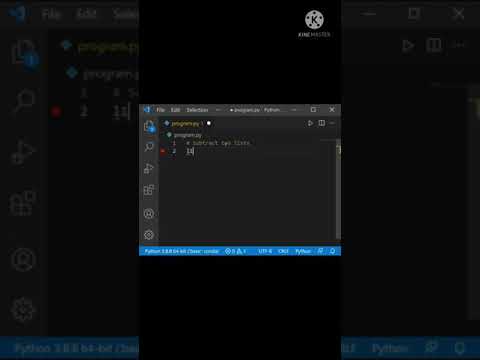
Found 37 images related to python subtract two lists theme








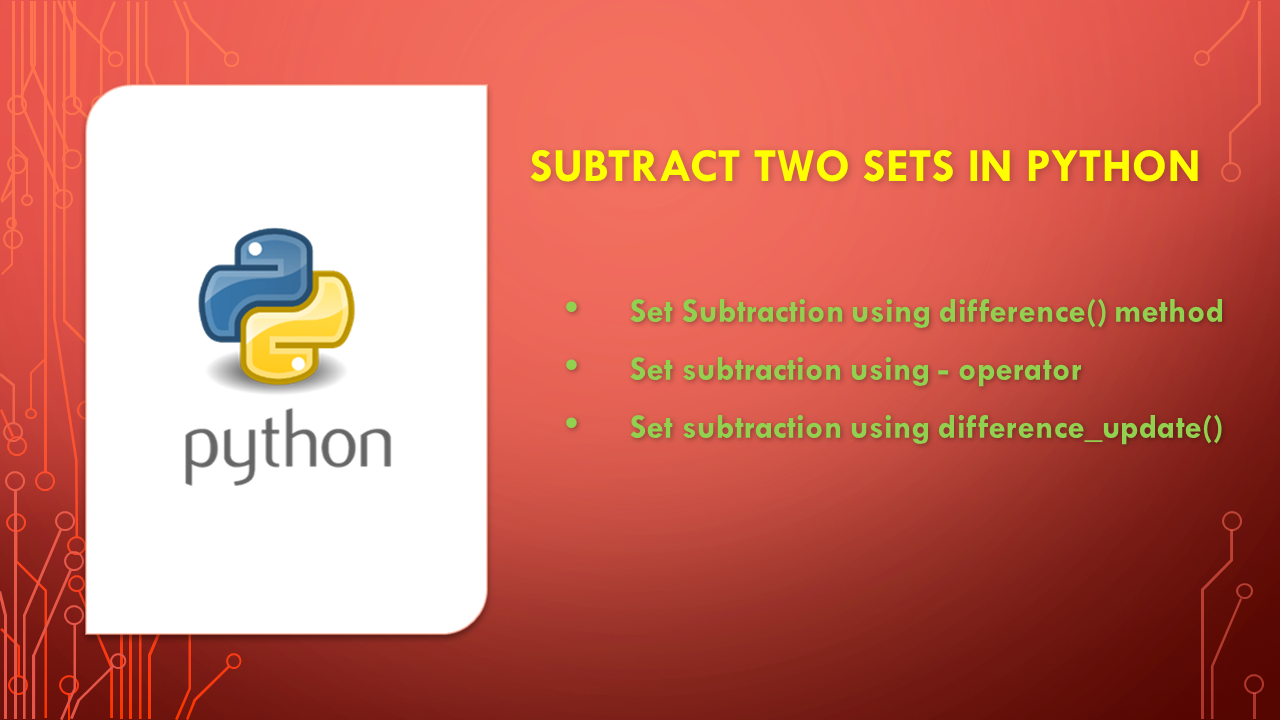
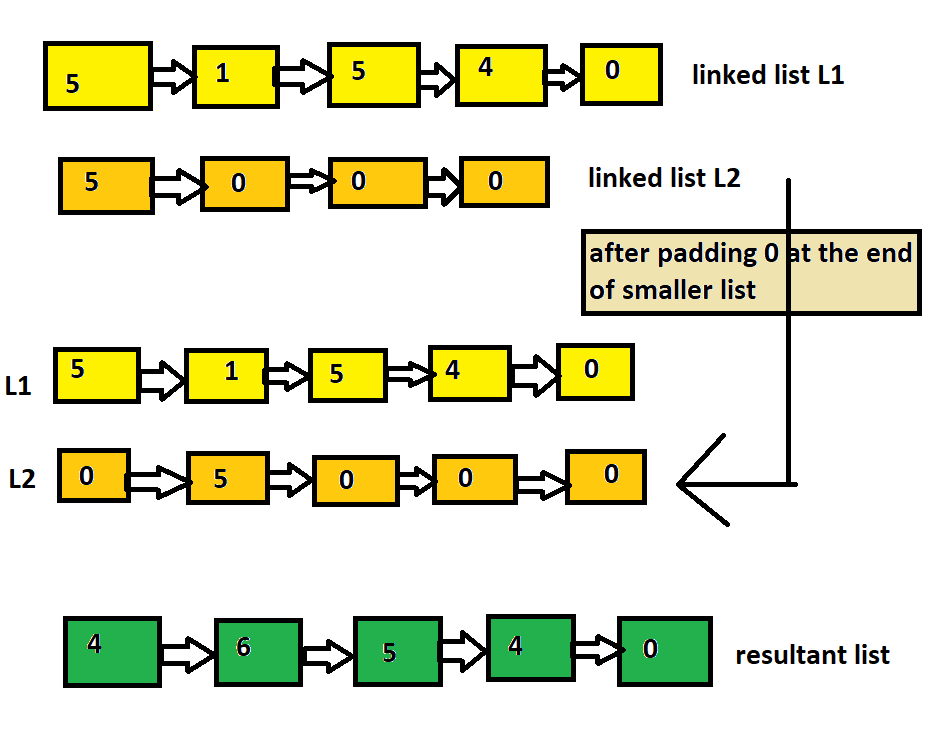







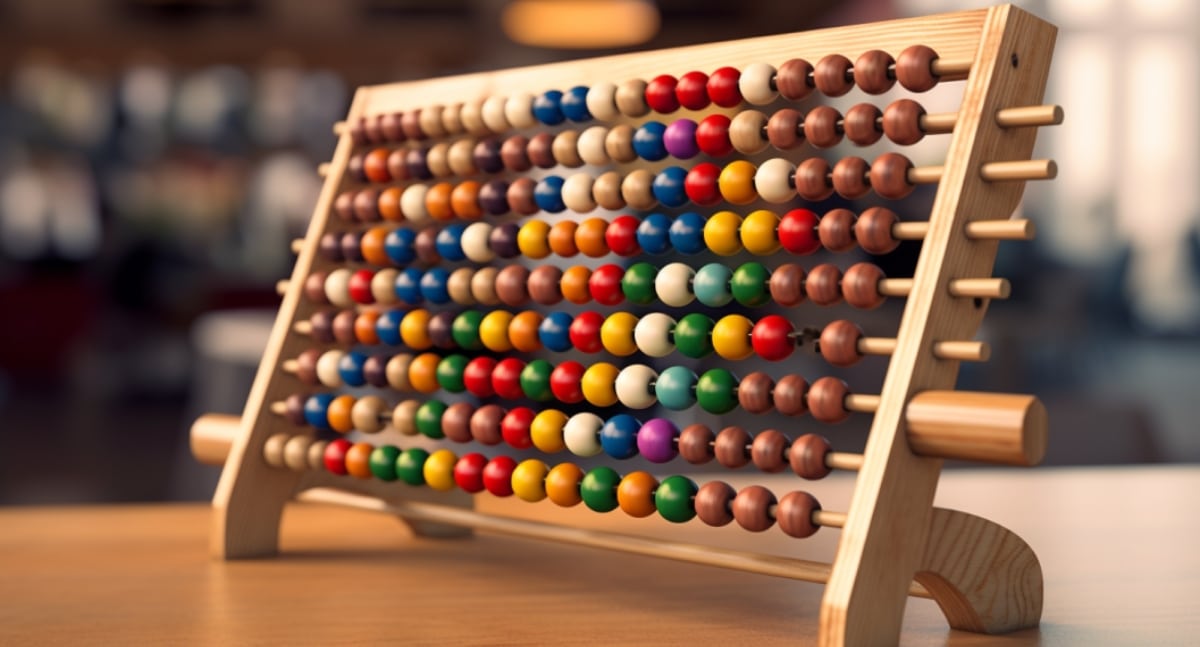

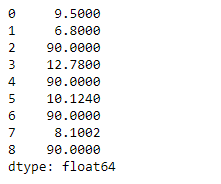

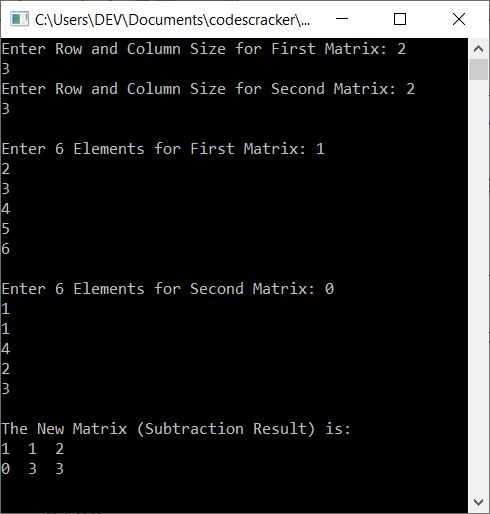
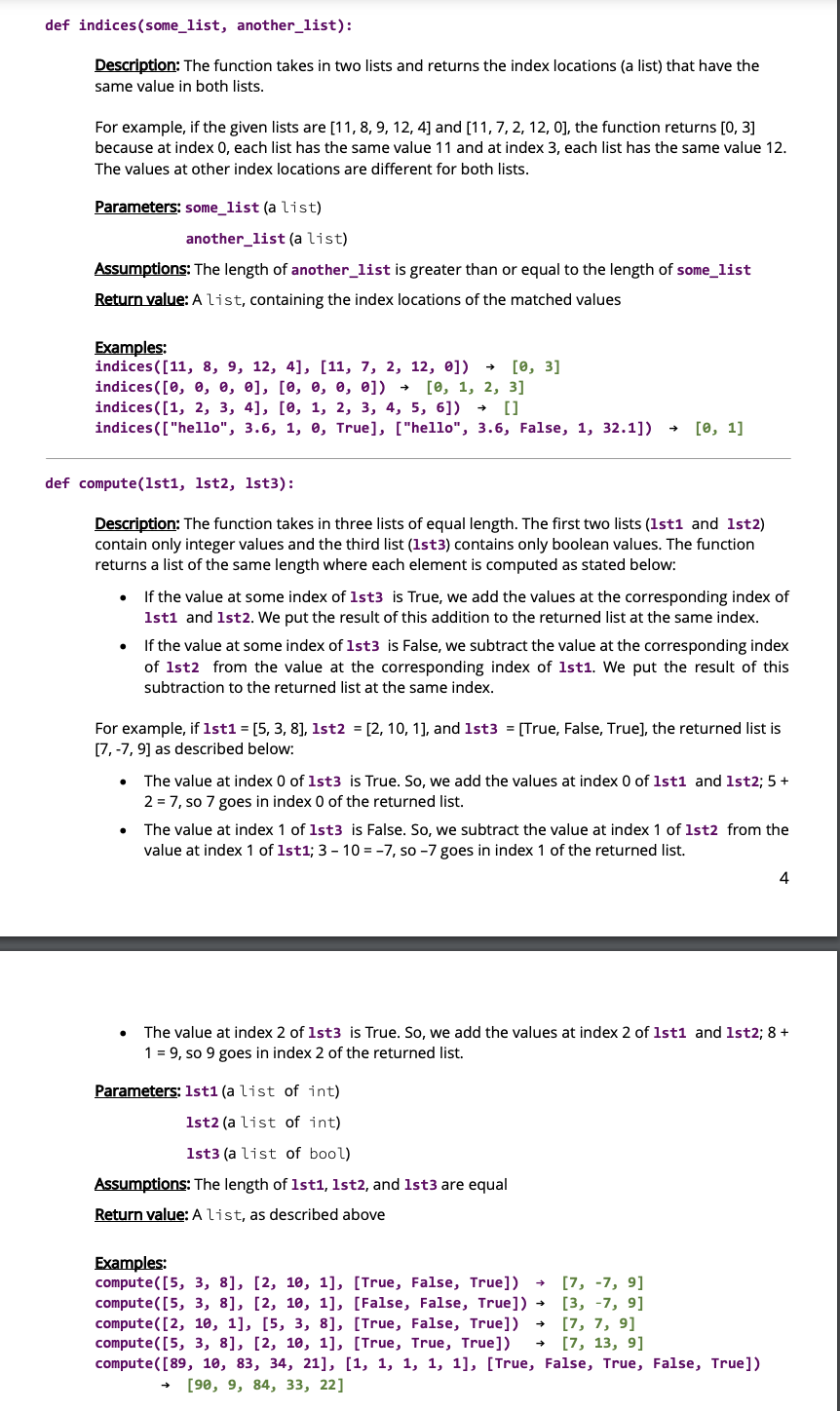





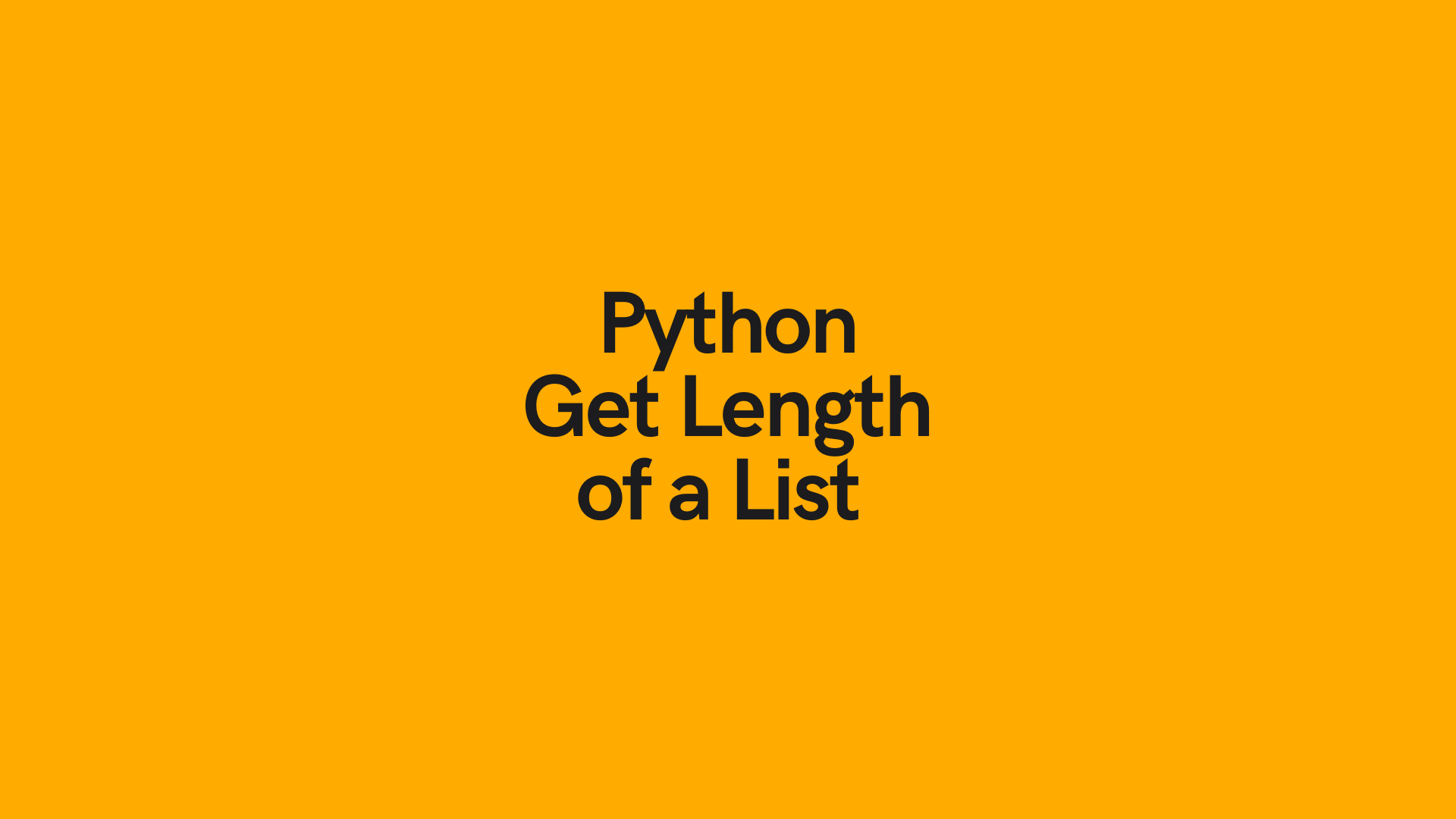


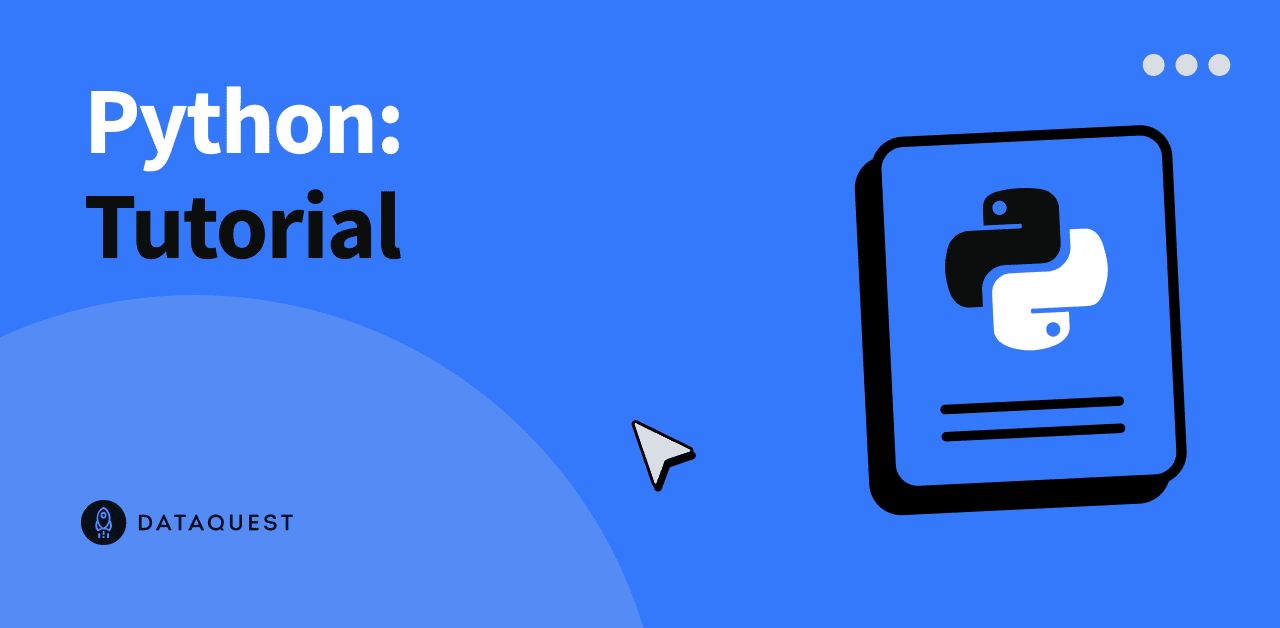
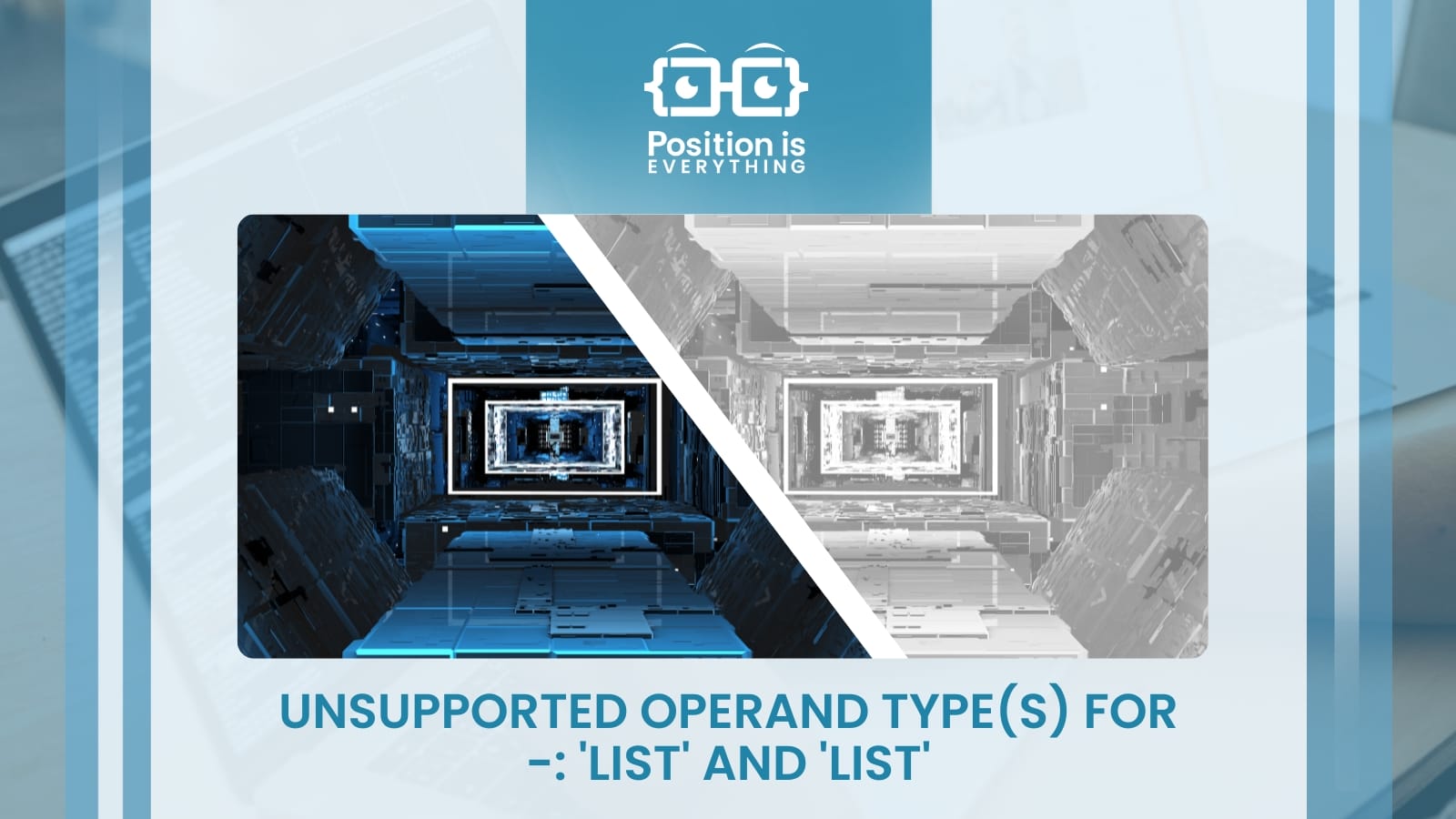

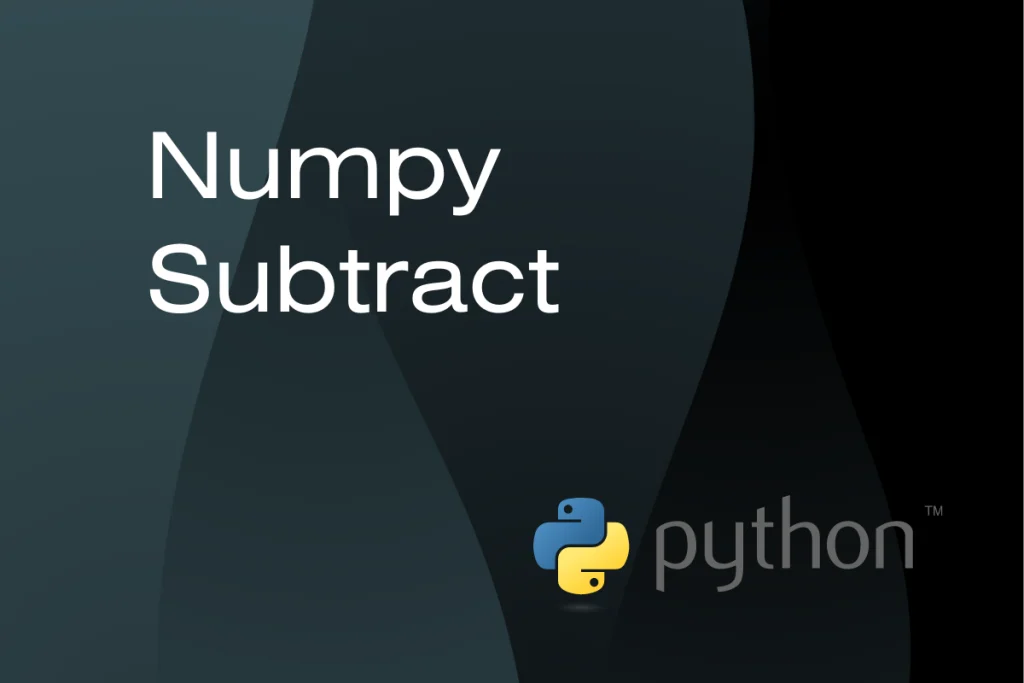



![Solved [Python] Solve the 3 problems in Python only using | Chegg.com Solved [Python] Solve The 3 Problems In Python Only Using | Chegg.Com](https://media.cheggcdn.com/media/c0a/c0a8bbf9-0083-4e7f-af06-d0044c1e5ee2/phpRorryW)










Article link: python subtract two lists.
Learn more about the topic python subtract two lists.
- How to subtract two lists in Python – Adam Smith
- Python: Subtract Two Lists (4 Easy Ways!) – Datagy
- How to Subtract Two Lists in Python – (With Examples)
- Subtract Two Lists in Python: An Easy Detailed Guide
- Subtracting 2 lists in Python – Stack Overflow
- Python | Difference between two lists – GeeksforGeeks
- Python: Subtract Two Lists (7 Easy Ways) – AppDividend
- Python Subtract Lists Element by Element ( 5 Ways)
- How to Subtract Two Python Lists (Element-Wise)? – Finxter
- Subtract Two Lists Python – Know Program
See more: https://nhanvietluanvan.com/luat-hoc